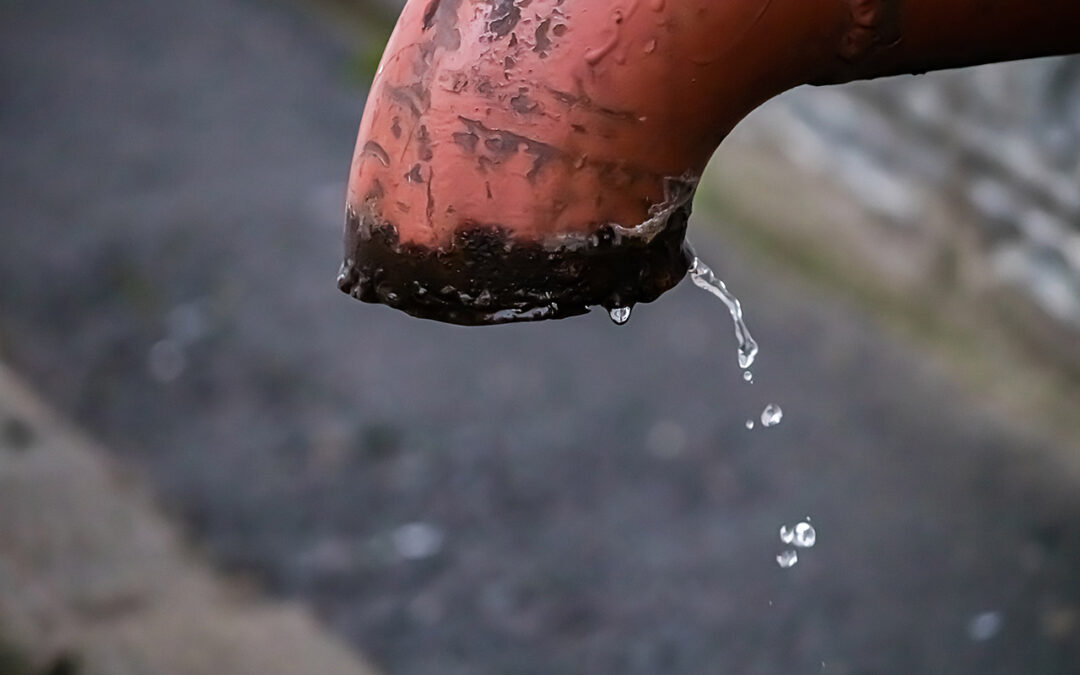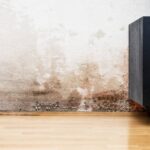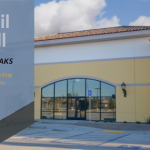Let’s face it, leaks are a homeowner’s nightmare. They sneak up on you, cause a ton of damage, and can be incredibly costly to fix. Yet, there’s a lot of misinformation floating around about common leak detection myths that can make dealing with them even more confusing. So, let’s debunk some of the most persistent myths about leak detection and set the record straight!
Myth 1: Small Leaks Aren’t a Big Deal
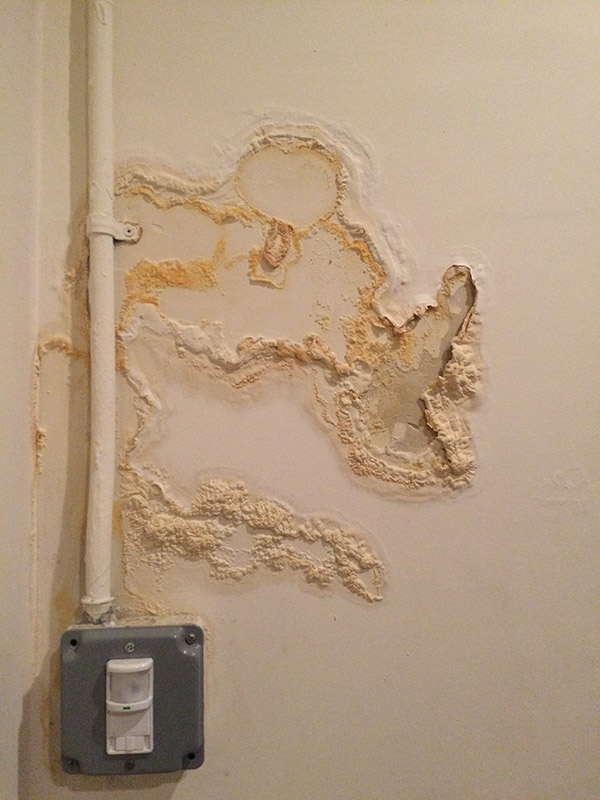 You might think a tiny drip isn’t worth worrying about, but small leaks can lead to big problems. Over time, even a small amount of water can cause significant damage to your property’s structure, foster mould growth, and inflate your water bill. Ignoring these minor issues can lead to costly repairs down the line.
You might think a tiny drip isn’t worth worrying about, but small leaks can lead to big problems. Over time, even a small amount of water can cause significant damage to your property’s structure, foster mould growth, and inflate your water bill. Ignoring these minor issues can lead to costly repairs down the line.
Myth 2: All Leaks Are Easy to Find
If only it were that simple! Many leaks are hidden behind walls, under floors, or in ceilings, making them difficult to spot with the naked eye. This is where advanced leak detection technologies come into play. Tools like thermal imaging cameras and moisture meters can detect leaks that aren’t visible on the surface.
Myth 3: Leaks Only Happen in Older Buildings
New buildings are not immune to leaks. Poor construction, faulty plumbing installations, or the use of substandard materials can cause leaks even in brand-new structures. Regular inspections are crucial, regardless of the building’s age, to catch potential issues early.
Myth 4: DIY Methods Are Sufficient for Leak Detection
While there are several DIY methods to detect leaks, such as the water meter test or food colouring in the toilet tank, they often miss hidden leaks. Professional leak detection services use sophisticated equipment and expertise to identify leaks that DIY methods can overlook.
Myth 5: Water Bills Are the Best Leak Indicators
This is one of the most common leak detection myths, especially here in the UAE. While a spike in your water bill can indicate a leak, it’s not the only sign. Other indicators include water stains, mould growth, musty odours, and damp spots. Relying solely on your water bill can result in missing other subtle signs of leaks.
Myth 6: Leaks Are Always Caused by Plumbing Issues
Plumbing is a common cause of leaks, but it’s not the only one. Roof damage, foundation cracks, and issues with HVAC systems can also lead to leaks. It’s essential to understand the various potential sources to address leaks comprehensively.
Myth 7: Leaks Can Always Wait for Repair
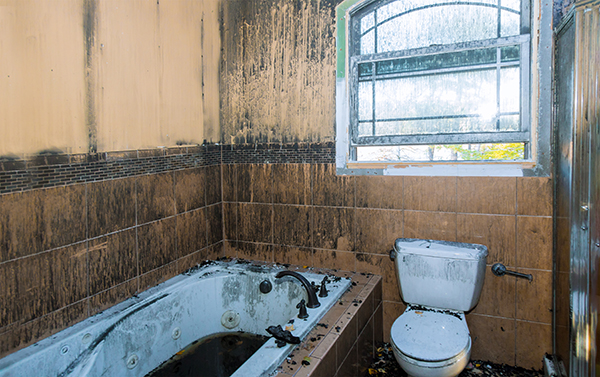 Delaying leak repairs is a recipe for disaster. Even minor leaks can escalate quickly, causing extensive damage to your property. Water can weaken structures, damage electrical systems, and promote mould growth, all of which require expensive repairs.
Delaying leak repairs is a recipe for disaster. Even minor leaks can escalate quickly, causing extensive damage to your property. Water can weaken structures, damage electrical systems, and promote mould growth, all of which require expensive repairs.
Myth 8: Insurance Always Covers Leak Damage
Not all insurance policies cover leak damage. Some policies have exclusions or specific conditions that must be met for coverage. It’s important to review your insurance policy carefully and understand what is and isn’t covered to avoid unpleasant surprises.
Myth 9: Fixing a Leak Will Solve the Problem Completely
Fixing a leak is only part of the solution. Identifying and addressing the root cause is crucial to prevent future leaks. For instance, a leaking pipe might be a symptom of broader plumbing issues that need attention. To prevent leaks coming back and being a persistent issues, an annual maintenance contract can help to spot these issues well in advance.
Myth 10: All Leak Detection Services Are the Same
Not all leak detection services offer the same quality or use the same technology. It’s important to choose a reputable service with experience and advanced tools. Look for customer reviews, ask about their methods, and ensure they provide a comprehensive report.
Real-Life Examples of Leak Damage
Consider the case of a commercial building that ignored a small roof leak. Over time, the leak caused extensive water damage, leading to mould growth and structural weakening. The repair costs were astronomical compared to the cost of early detection and repair.
Preventative Measures to Avoid Leaks
Preventing leaks is all about regular maintenance and proactive measures. Regularly inspect your property, ensure proper sealing of roofs and windows, and maintain your plumbing and HVAC systems. Investing in preventive measures can save you from costly repairs in the future.
The Role of Technology in Leak Detection
Modern technology has revolutionised leak detection. Tools like smart leak detectors, thermal imaging cameras, and moisture meters allow for accurate and non-invasive detection of leaks. These technologies can detect leaks early, minimising damage and repair costs.
Conclusion
Leaks, whether big or small, can wreak havoc on your property if not addressed promptly. By debunking these common leak detection myths, we hope to shed light on the importance of accurate leak detection and the role of professional services. Remember, proactive leak detection and timely repairs are key to maintaining a healthy, safe, and cost-effective property.
FAQs
What are the most common signs of a leak?
Common signs include water stains, damp spots, musty odours, mould growth, and unexplained increases in your water bill.
How often should I check for leaks?
Regular inspections should be done at least twice a year, with additional checks after significant weather events or if you notice any signs of leaks.
Can a small leak really cause major damage?
Absolutely. Small leaks can lead to structural damage, mould growth, and higher water bills, all of which can be costly to repair.
What should I do if I suspect a leak?
If you suspect a leak, it’s best to contact a professional leak detection service immediately to accurately identify and fix the problem.
How do I choose a good leak detection service?
Look for services with good reviews, advanced detection technologies, and experienced professionals. Ask about their methods and ensure they provide detailed reports.
Think you have a leak? Speak to one of our experts now.
